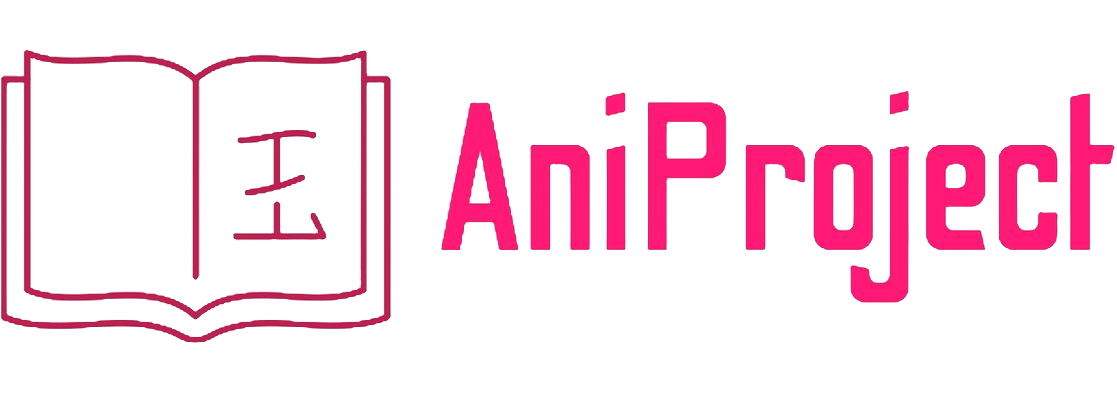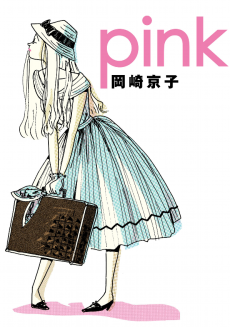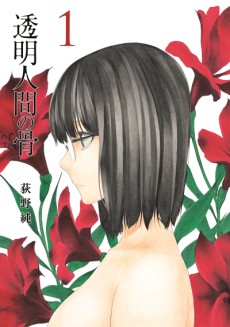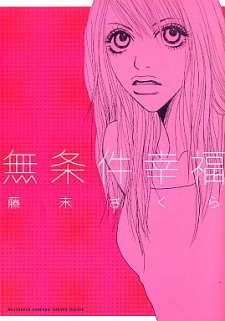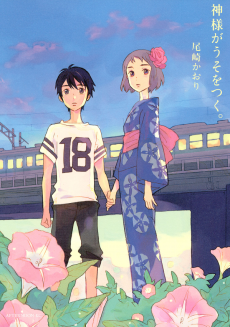RIVER'S EDGE
STATUS
COMPLETE
VOLUMES
1
RELEASE
Invalid Date
CHAPTERS
14
DESCRIPTION
Haruna Wakakusa and Yamada become friends after she saves him several times from her boyfriend's constant bullying. Through him she gets to know Kozue Yoshikawa, a fellow student who also models professionally. The three emotionally stunted teens' lives briefly yet intensely intertwine for one semester before splintering from the aftereffects of one disastrous night. For both Wakakusa and Yamada, their emotional awakening fosters an unlikely friendship between the two battered souls.
CAST

Ichirou Yamada

Haruna Wakakusa
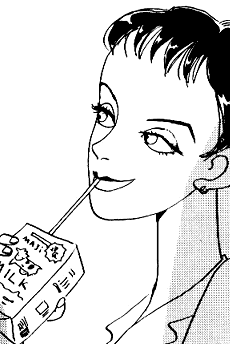
Kozue Yoshikawa

Kanna Tajima
CHAPTERS
RELATED TO RIVER'S EDGE
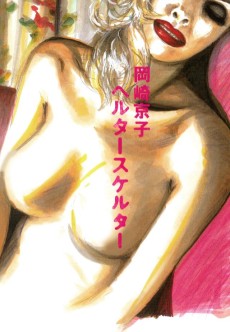 MANGA DramaHelter Skelter
MANGA DramaHelter SkelterREVIEWS

ameame
90/100A great coming of age story by a leader in the Josei manga world.Continue on AniList“Running through the city [...] is a river. It runs slowly, stagnant and smelly [...] and you can often find things like corpses of cats rolling around down there”.
From the bold leader of Josei manga we get this masterfully crafted coming of age story.
It was written in 1993, just a year after Japan had it’s bubble burst. Economy was stagnated. And that’s the first thing we see in the manga - the rundown school, the abandoned plots and the stained river.

The art in this manga is simple, yet dirty and messy. Much like the lives of its protagonists.
They are adolescents, living their day-to-day lives which on the surface may look simple, consisting of going to school, coming back home, sometimes hanging out with friends... Albeit they aren't what they seem: These teenagers are living in an unsupportive environment while dealing with the darkest of their feelings. They’re trying to make sense of themselves first, and of the world around them, thus thrown into confusion and a whirl of emotions, all visible to us through their actions and inner dialogues.
The ‘colours’ and shades in this manga are rather dull, and that can reflect the main protagonist’s indifference to life and the people around her.
Violence, teenage sex, drugs, eating disorders, bullying and death are all heavy themes tackled in this story.
These teenagers are seeking answers, an identity they can be proud of, love, and validation from another.
Who’s to say what’s right and what’s wrong? Isn't it ironic how the manga is dyed with black, white, and very little shading, when life as we know it is the complete opposite?

From panel to panel, the transition is done wittily many times.
Not only that, but also using dual meanings for a single frame, as seen in the shower shot below. The water coming from the shower-head looks like sharp needles hailing down. This can very well speak of the feelings of the person in this scene, who - out of frustration and hopelessness - is attempting a taboo that is most likely bringing pain down with it.
In addition to critiquing the way homosexuality is looked at in Japan, and advocating for the bare minimum of respect, Okazaki stings the society with one more critique - gossip.
It is vividly visible in every chapter, those scary bubbles of gossip. Many times meaningless - a show of vanity. Lies to get boredom away. But many times more they start with a piece of truth, dealt from mouth to ear, invading the privacy of it’s ‘hero’ and getting layers and layers of paint on it, until it’s face is barely recognized. It’s not the ‘truth’ anymore, but it still affects lives and changes realities.She then goes on to deal with this even more, as well as criticize the modern consumer-focused Japan in another work (See Helter Skelter & I would strongly recommend watching the 2012 movie version of it).
Back to river's Edge, her care for nature is shown in this work - bringing to attention animal brutality, aquariums, and water pollution.

Lastly, it is worthy to mention the following analogy: The river is a source of life. As it flows, making it's way to the ocean, it nourishes the Earth's sprouts, helping them grow well and strong.
But when it's muddy, poisonous and stagnated, then the amount of support it can give plummets.
And the same goes for society. As we all go through our lives, if we stick to bad habits and toxicity, be it ignoring the troubled, focusing on overwhelming gossip and rejecting whoever does not fit our pre-set social norms, then what type of life are we 'dumping' on our next generation?This sentence sums up the story very well:


unspecifieduser
90/100A classic character study with all-too-realistic human flaws. Kyoko Okazaki is one of the masters.Continue on AniListIf you found an abandoned corpse, would you come stare at it whenever you needed to feel better about your life?
River’s Edge is the kind of manga I love to find. While Okazaki Kyoko is one of manga’s foremost and greatest josei authors, she’s tragically under-known in English-speaking communities. Her stories capture a kind of realism that’s both tragic and comedic. People suffer, are victims of their own self-imposed complexes and worries, self-destruct, and yet there’s always a sense of nihilistic levity. To worry too much about the horrors before them is to take life too seriously.
Even then, out of the stories of hers that I’ve read, River’s Edge is the darkest. Pink was gleeful and flippant in its slice-of-life portrayal of how much easier life is when you don’t worry too much. Helter Skelter was a grand tragedy, of a larger-than-life celebrity whose facade began to break as she flew too close to the sun. And River’s Edge is grounded, focusing its tragedy on ordinary people, with an air of realism inhabiting every way in which they hurt each other. Unlike those other two, River’s Edge is a study of a larger ensemble cast.
The protagonist, Wakakusa finds herself torn as her reckless boyfriend Kannonzaki bullies the secretly gay Yamada. In helping him, she becomes embroiled in the web of relationships with Yamada’s unsuspecting girlfriend, Kanna, and the young bulimic model Yoshikawa (who you may remember from Helter Skelter). There isn’t a singular goal to this narrative — they carry on with their lives, have conversations, and clash for reasons that feel natural.
Is it really realistic? That depends. No story truly can be, but River’s Edge shows one side of how Okazaki views reality, and I think it’s an interesting one. Most high-school manga are written to embody certain fantasies of that era of life. Okazaki is here to explore its flaws, not in the system, but in the people themselves. There’s certainly a realistic flair to some of the dialogue, in Yoshikawa’s eating disorder, or in Yamada’s sexuality. There’s a great conversation where he calls Wakakusa out for thinking that just because he’s gay, it’s appropriate to ask him overly sexual questions.
It’s the same kind of drama that might seem like it could be fully resolved if everyone just communicated, but this is not your shonen or shojo where they fail to do so just to force conflict. River’s Edge’s characters wouldn’t feel like themselves if they truly told each other how they felt, and that would probably make them hate each other more. It captures the imperfections of people who don’t understand what they really want.
You want to see Wakakusa call out her boyfriend. You want a climactic confrontation where she breaks up with him, pledges to never have anything to do with him again. You don’t get it, and it’s not because this manga is realistic. It’s because Wakakusa is a teenager who was never quite aware enough to realize that would be an option, much less go through with it. That’s not to say it’s a tragedy. In the end, her life goes on in a way you can accept, no longer affected by Kannonzaki’s behavior.
The end is woven surprisingly tight, though, for a story of this nature. Every plotline weaves together naturally, in a way that would betray the sense of realism if not for how well it’s done. It doesn’t feel like an ending Okazaki envisioned and contrived her story toward. It feels like the simple result of who the characters are. That’s the whole appeal of this manga. You won’t get the drama of heightened reality, but the characters are interesting, and they find themselves in interesting situations. It’s more about the people than the message, but the message is as simple as how important it is to treat each other kindly. What hooks you isn’t that simplicity, but the complexity that arises when people fail at that.
On a technical level, Okazaki is as competent as ever. While perhaps off-putting to those used to the stylization so common in the medium, with its simply outlined eyes and mouths, there’s still a careful aesthetic, and plenty of great composition and visual storytelling. The story can be a little more text-driven than it needed to be, and the flow of dialogue bubbles was sometimes unintuitive — flaws I didn’t find in Pink or Helter Skelter. But like those two manga, I would put River’s Edge on a list of great character studies that anybody should read if they’re interested in such a thing, in exploring josei, or in exploring what great manga can be found beyond the mainstream.
SIMILAR MANGAS YOU MAY LIKE
 MANGA Dramanot simple
MANGA Dramanot simple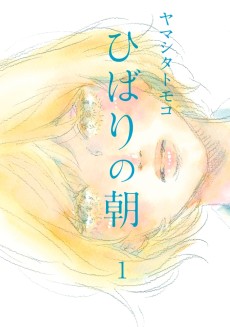 MANGA DramaHibari no Asa
MANGA DramaHibari no Asa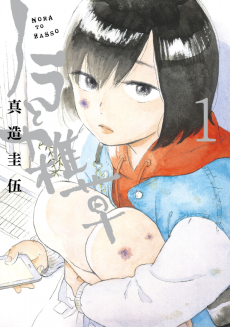 MANGA DramaNora to Zassou
MANGA DramaNora to Zassou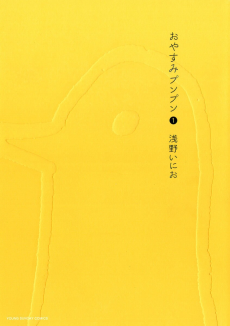 MANGA DramaOyasumi Punpun
MANGA DramaOyasumi Punpun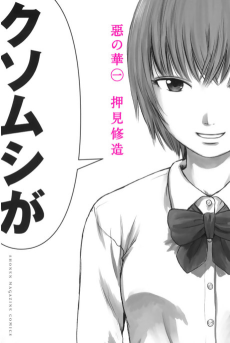 MANGA DramaAku no Hana
MANGA DramaAku no Hana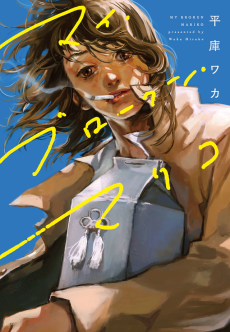 MANGA DramaMy Broken Mariko
MANGA DramaMy Broken Mariko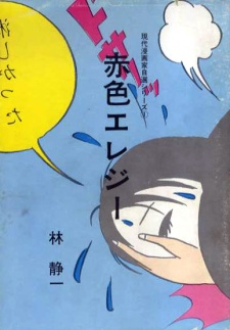 MANGA DramaSekishoku Elegy
MANGA DramaSekishoku Elegy
SCORE
- (3.6/5)
MORE INFO
Ended inInvalid Date
Favorited by 221 Users

